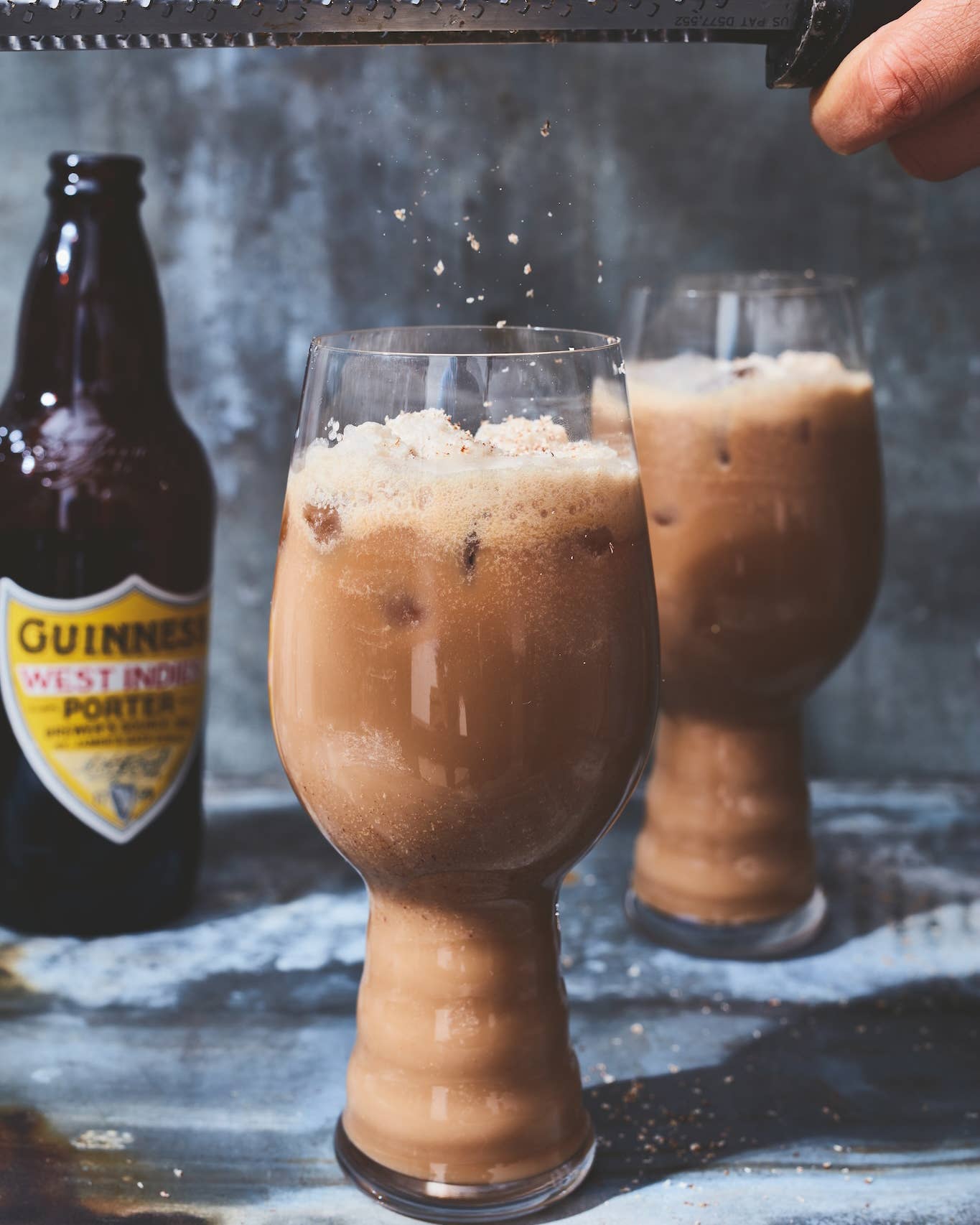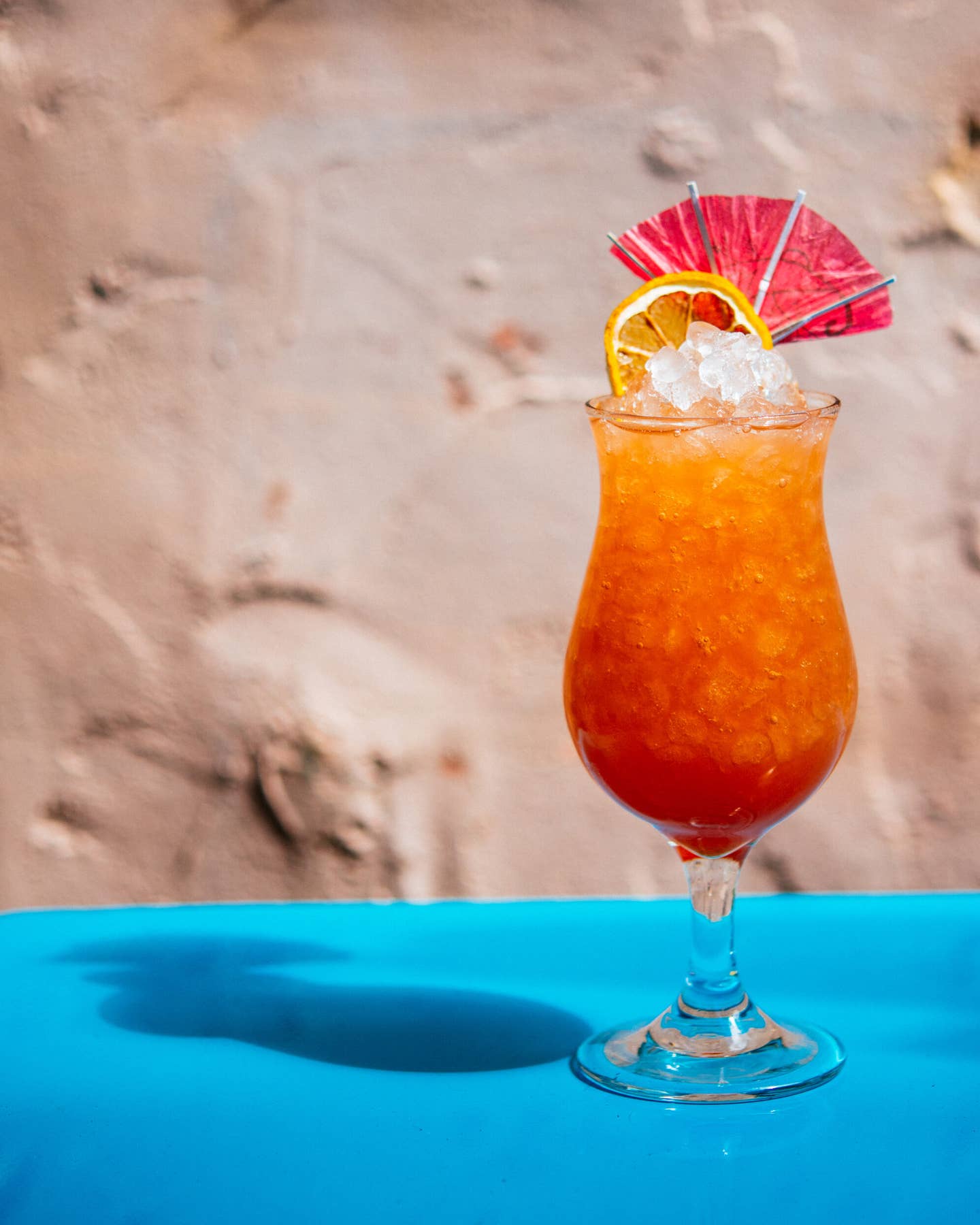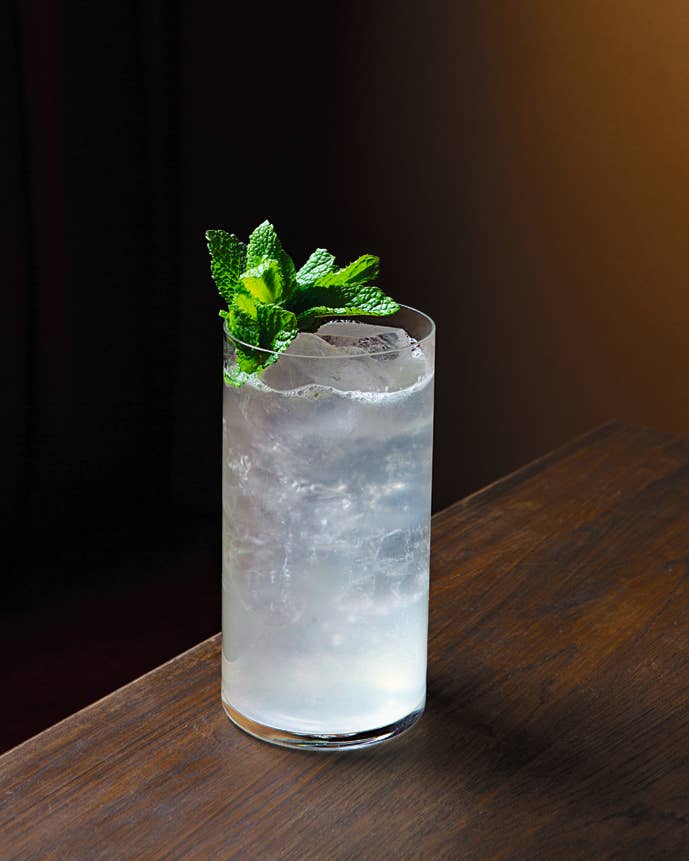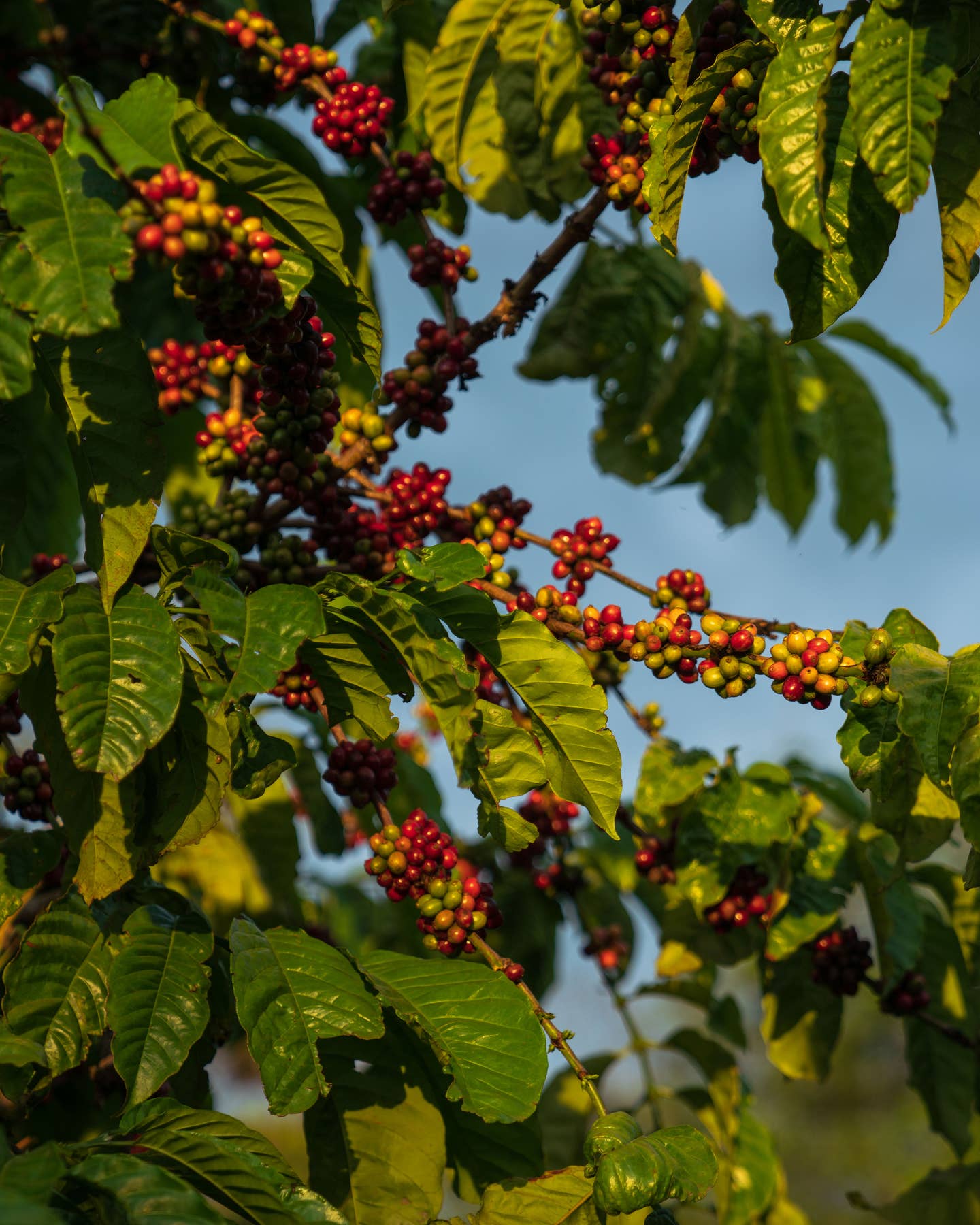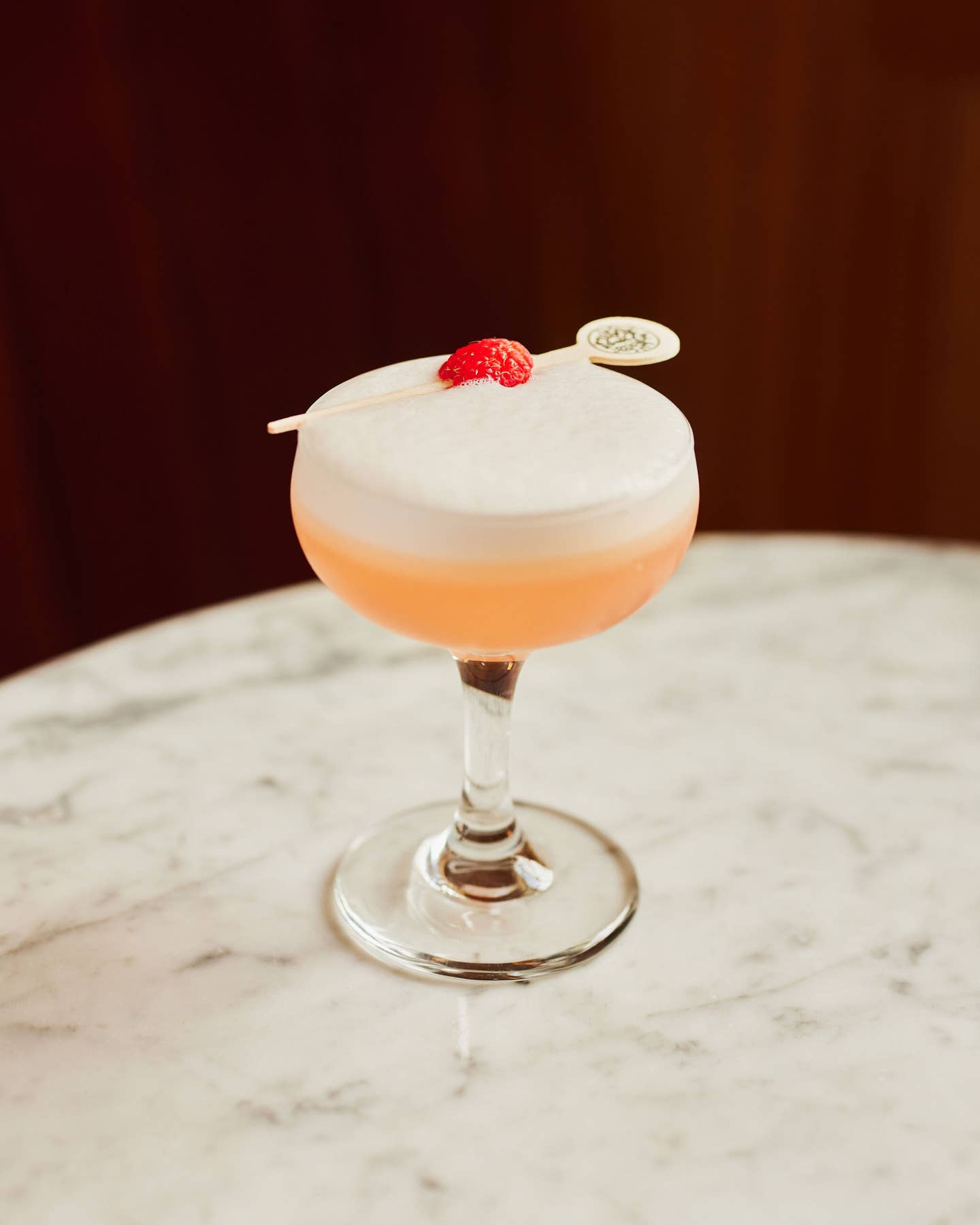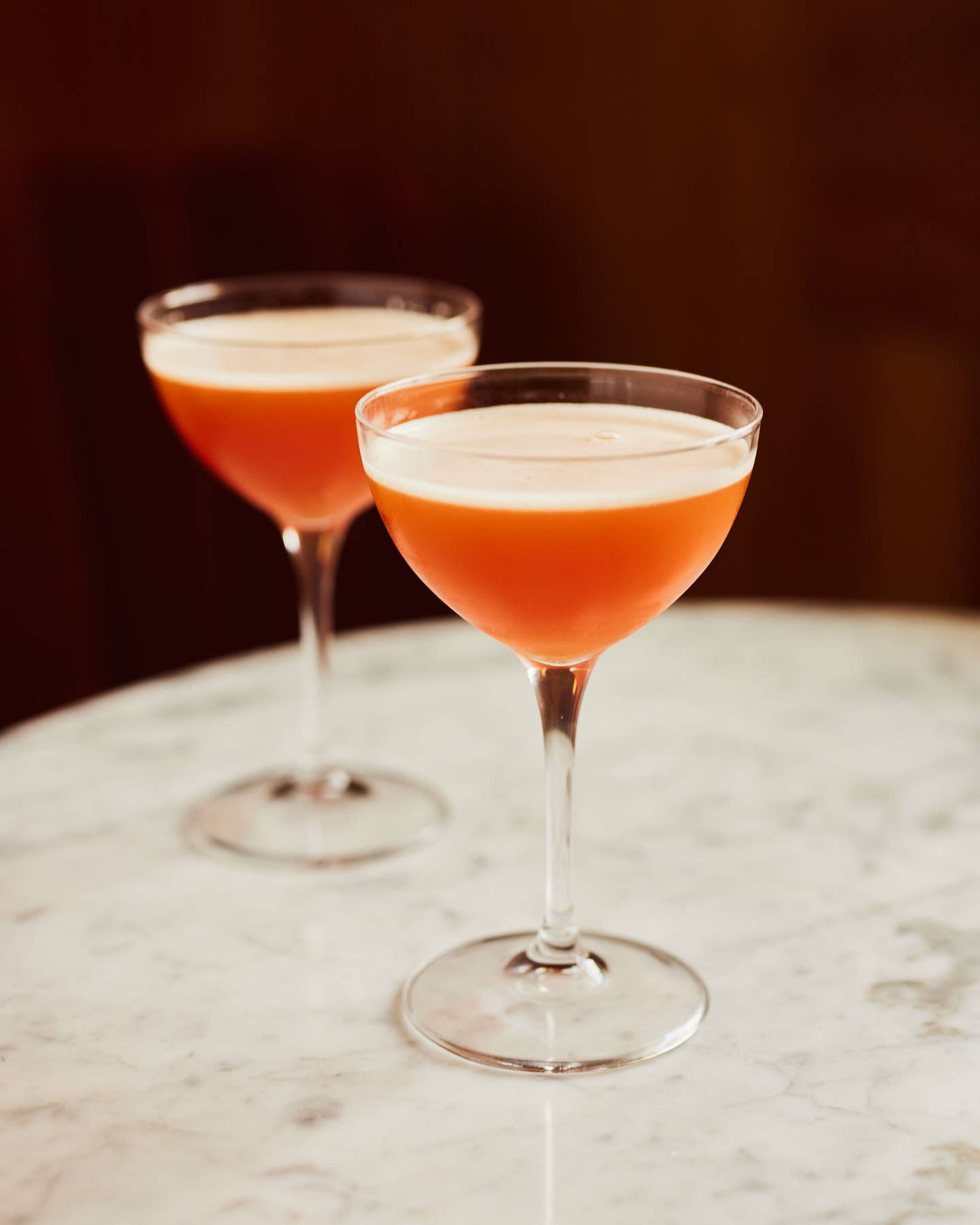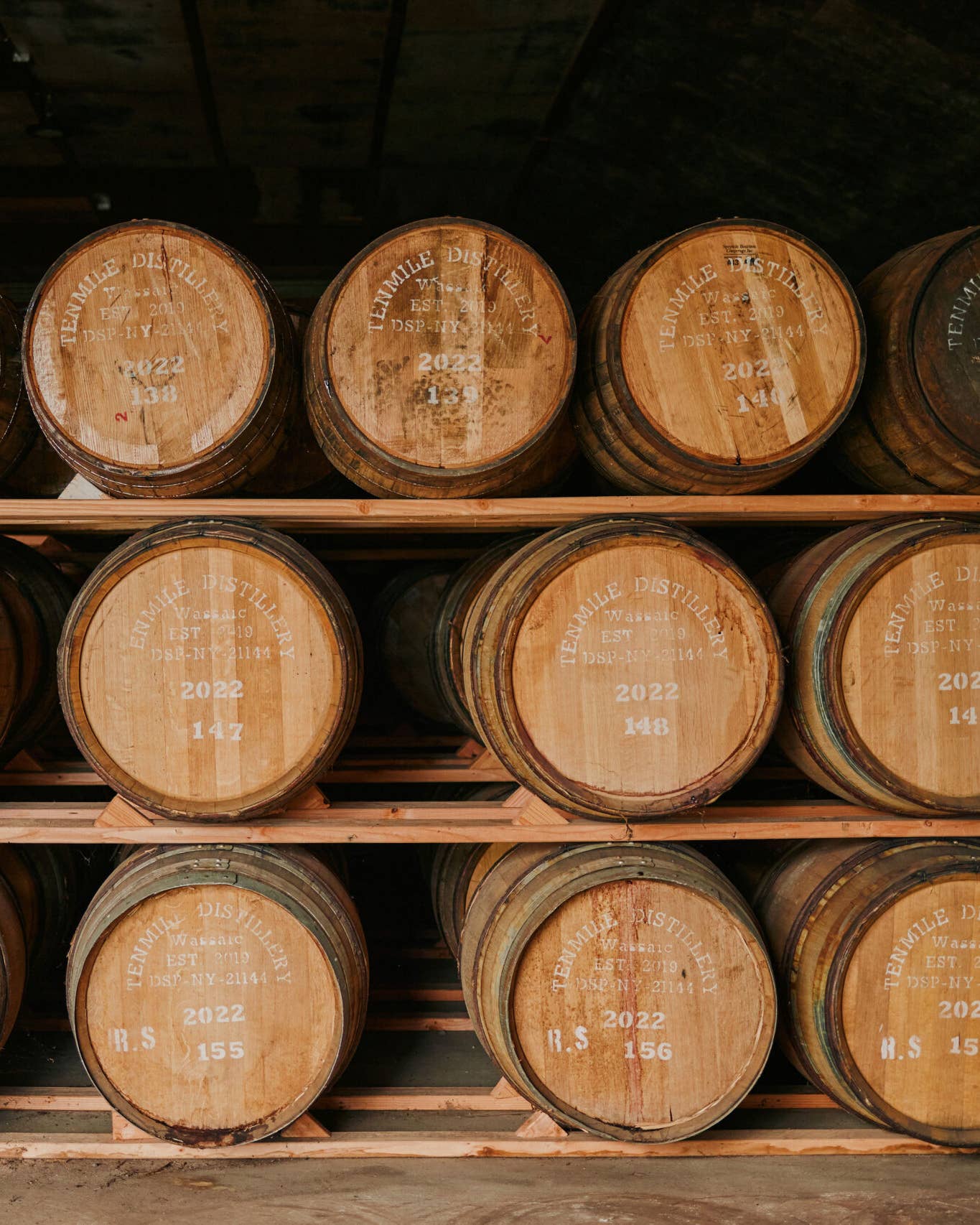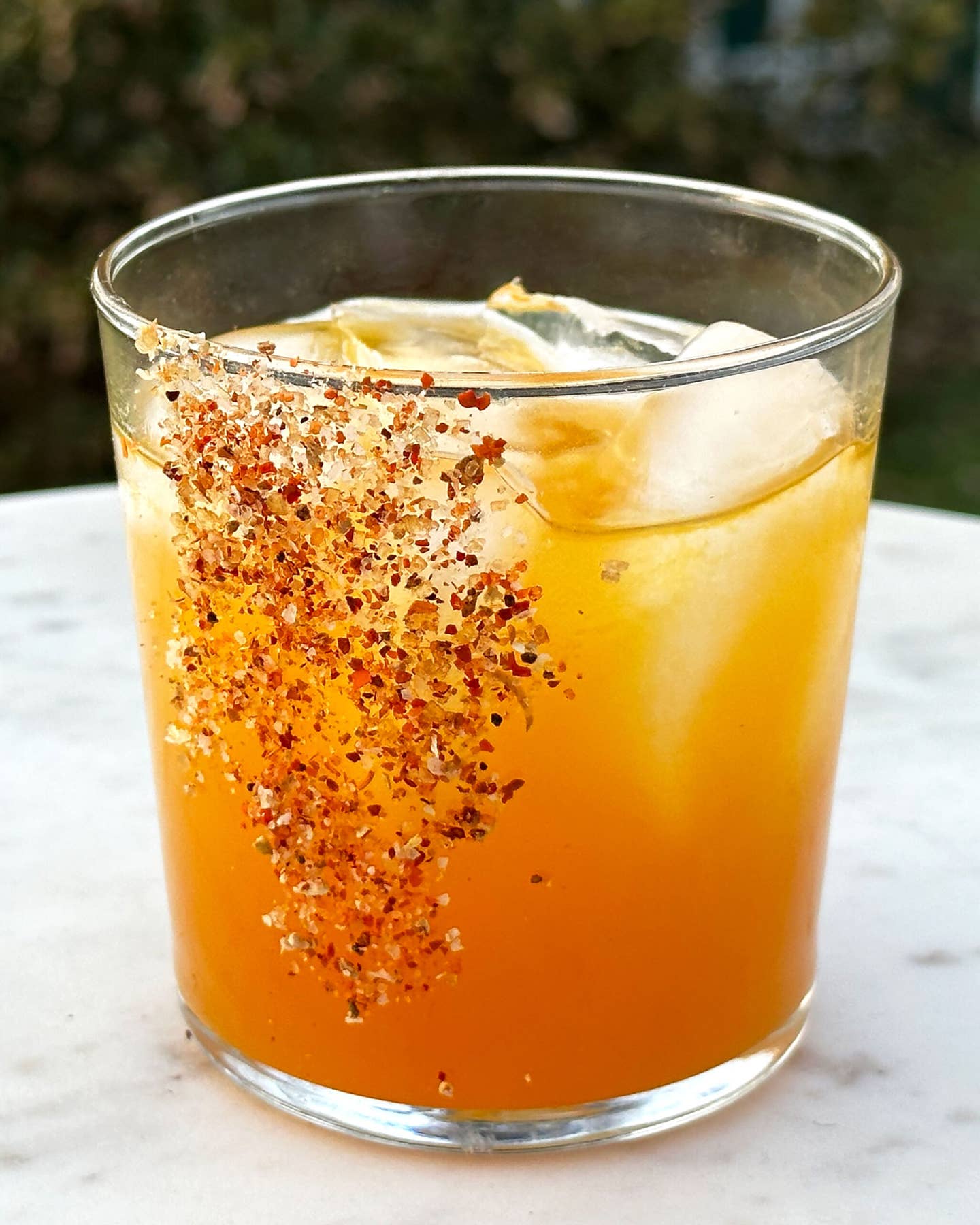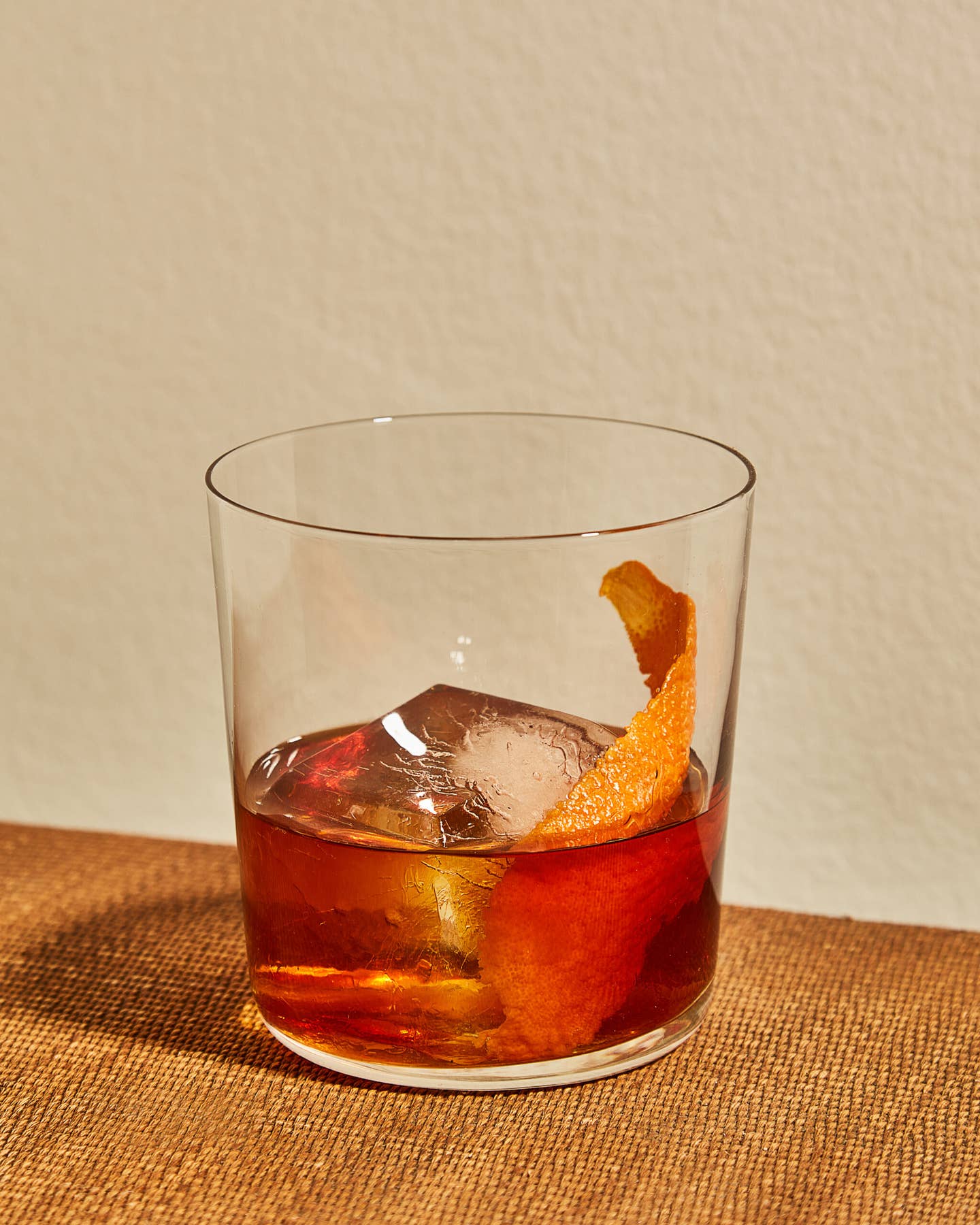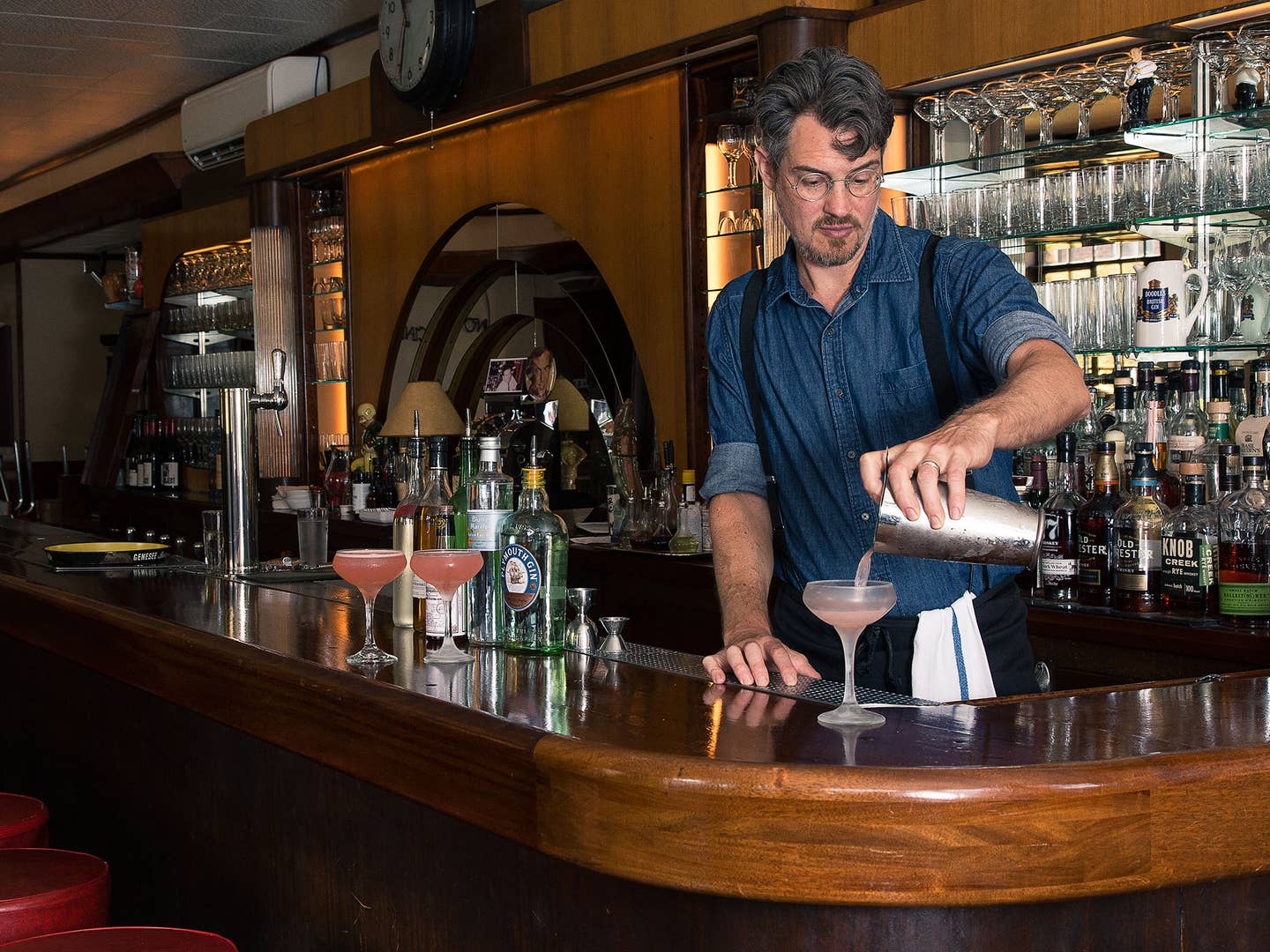
The Secret Signature Cocktail of Louisville
Bartender Toby Cecchini investigates the origins of the Pendennis Club Cocktail
A long while back I had two regulars in my bar who enjoyed tasking me with interpreting classic cocktails. One night, these fellows ordered their all-time favorite, the Pendennis Club Cocktail. I blushed over my inability to conjure it: I had heard of it but had never encountered one nor seen a recipe. They walked me through it—gin, apricot brandy, lime juice, and Peychaud's, the revered, anise-inflected New Orleans bitters. Taking a sip, I experienced one of those zoom-freeze moments. Intriguingly opaque, slightly frothy, and salmon-hued, the Pendennis Club Cocktail has a mesmerizing balance of flavors: sweet, tart, and packed with spice and strength all at the same time. It has remained one of my favorite drinks for some two decades, during which time I have tinkered with its parts and attempted to trace its perplexing history.
The actual Pendennis Club is a dining and social institution in Louisville, Kentucky, some 130 years old and deeply garlanded with its city's history. It has long billed itself as the birthplace of the old-fashioned, a debate that has raged long and loud but one for which I'd prefer to stay on the sidelines. Instead, what I've wanted to know for many years is, who cooked up the actual Pendennis Club Cocktail, and why, in the middle of the bourbon belt, would this namesake house drink be composed with gin?
In a serendipitous visit to Louisville, it occurred to me that I could finally go to the Pendennis Club to order one in its birthplace and put these burning questions to rest. I've long imagined the club's eponymous cocktail as the tipple slung dozens of times nightly across a grandiose bar in some stately salon filled with tinkling glass and cigar smoke. Giddy with anticipation, I derived from an unflappable doorman at the Seelbach hotel that the famous club was right around the corner from where I was staying. “So, I can just walk right around the block and go have a drink there?” I queried, incredulous at my luck. Taking in my weedy mien, long hair, and Northern accent, he raised one eyebrow and replied in a Robeson-esque baritone, “No sir, you cannot. And neither can I.”
Even had I somehow gained entry to this private establishment in a lofty neo-Georgian building, there would have been no Pendennis Club Cocktail for me there. Curiously enough, the Pendennis Club itself doesn't seem to know exactly where, how, when, or who first concocted the drink. When I contacted them recently to inquire about it, I was not referred to any official representative of the club, but instead to an amiable member, William Hinkebein, whom they considered the most knowledgeable source on its history. He avowed that, sadly, the club had lost the particular running narrative of the drink's history over time. It wasn't even available at their bar until last year, when Jeff Watts-Roy, a member and the chairman of the club's food and beverage committee, developed a seasonal cocktail list after doing research on historical cocktails that the club had offered through the years. He used the recipe in Charles Baker's 1939 Gentleman's Companion as reference, but clearly the drink goes back well beyond that. There is a mention of it in the obscure 1915 supplement to William Boothby's The World's Drinks and How to Mix Them.
Hinkebein also brought my attention to a further historical question. The Juniper Club, a private hunting and fishing camp founded in 1897 in central Florida and still operated by members of the Pendennis Club, serves, naturally, a Juniper Club Cocktail, consisting of gin, Cointreau, lemon or lime juice, and Peychaud's bitters—technically a White Lady with a dollop of Peychaud's, but an awfully short evolutionary leap from the Pendennis. Which begat which?
One of my favorite aspects of this drink is how you can distinctly taste each of the four elements, but when you make it for first-timers, almost everyone smacks their lips and declares how they love the grapefruit. Somehow, the lime juice and apricot spirit together combine to make a startling facsimile of grapefruit. Mixed properly, it should be just over the line of tart, but with the lush apricot looming to provide a soft landing of sweet fruit, and the bitters then giving it a furtively spicy finish.
The Pendennis is really just another in the large family of sours, which includes the margarita, the sidecar, and the daiquiri. But what makes the Pendennis particularly stand apart from other sours is its sweetening element, which is, to follow the verbatim recipe from old, “apricot brandy.”
What that obscurity means in this day and age is what has led me to fuss with this drink for so many years now. Apricot brandy may have meant a lot of different things a hundred years ago. Likely it was distilled from apricots, aged in barrel, to which sugar was added to make it palatable. Such a creature doesn't currently exist, exactly. We have eau-de-vie, a clear, single-distilled fruit brandy, which is aromatically smashing but bone dry and, to some, quite harsh. Then we have apricot cordial, which in its best iterations is eau-de-vie with usually some colorant and sugar added in. The excellent Giffard line out of France makes my favorite of these.
The eau-de-vie makes an oddly dry, hair-raisingly tart drink, while the cordial often makes for a overtly saccharine version. Sometimes more is more; using them both, judiciously, creates a celestial formulation of this cocktail. You get the aromatic bolt of the eau-de-vie along with the body of the cordial.
While I still hope to someday snoop the club's attic for the solid historical skinny on this drink's birth, for now I happily content myself with the nightly fortuity of shaking and savoring a Pendennis in blissful ignorance.
Keep Reading
Continue to Next Story

